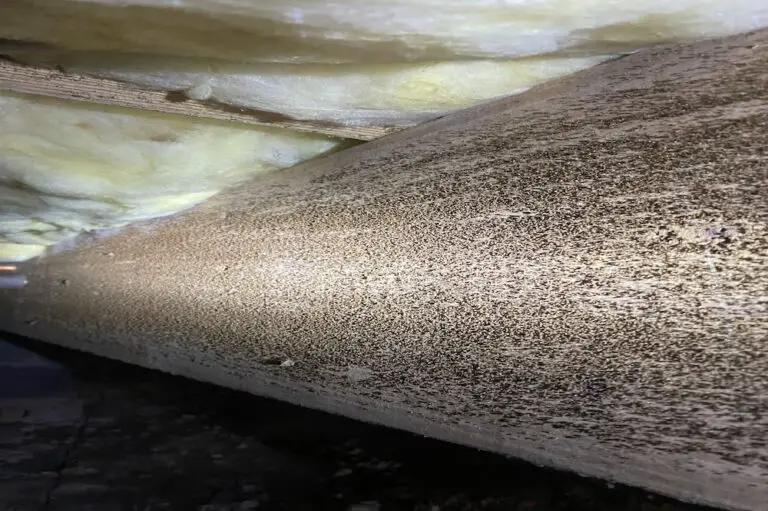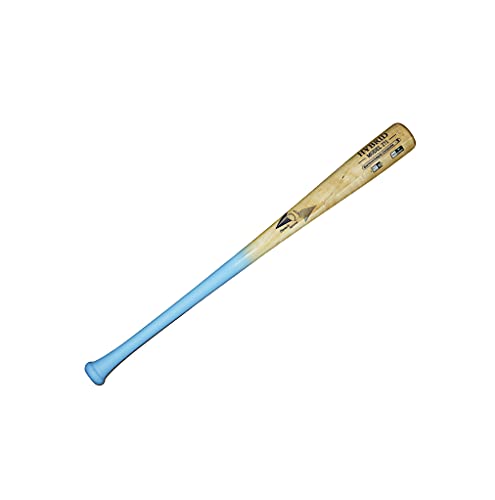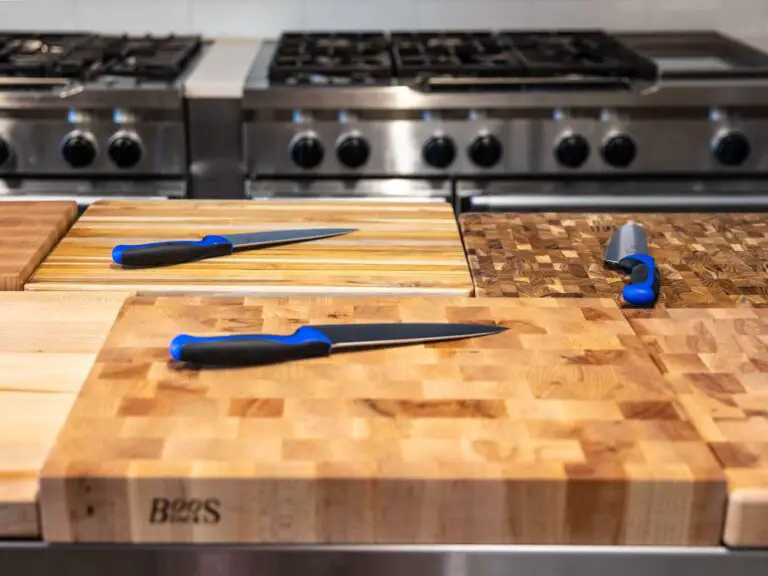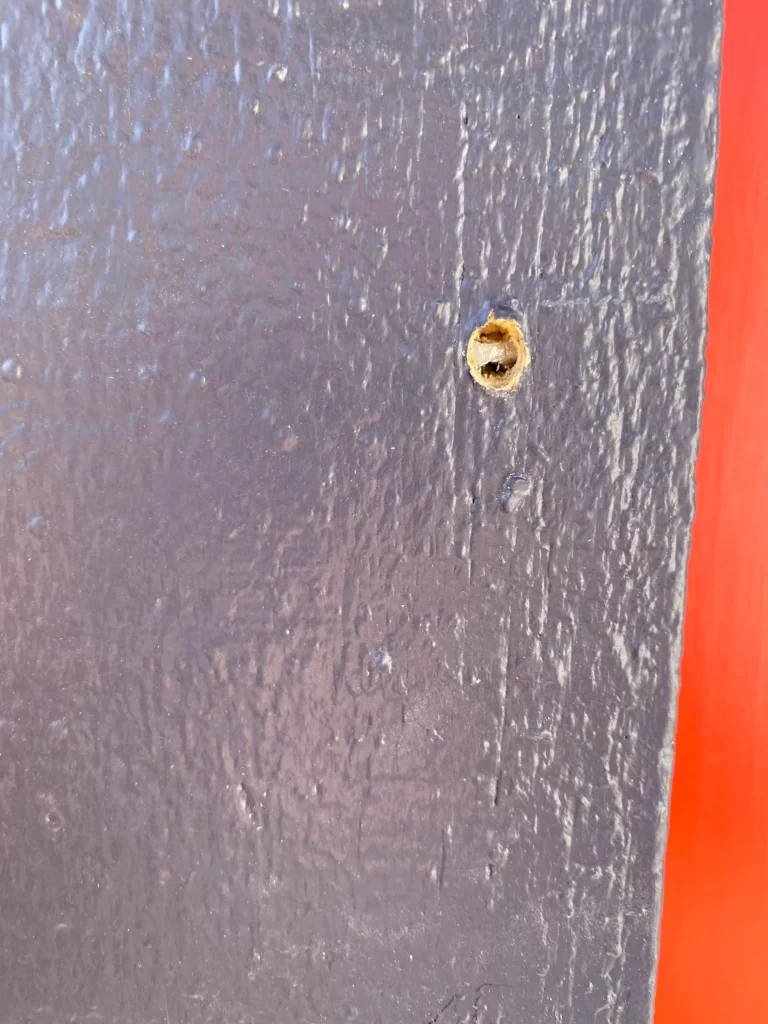How to Refinish Engineered Wood Floors
1. Vacuum the floor to remove any dirt or debris. 2. sand the floor with a 120-grit sandpaper to rough up the surface and help the new finish adhere 3. Apply a stain with a brush or roller, working in small sections and allowing it to dry completely between coats
- First, clean the engineered wood floors with a vacuum or broom and dustpan to remove any dirt or debris
- Next, sand the floor using a palm sander fitted with 120-grit sandpaper
- Be sure to go with the grain of the wood and avoid going over any same spot too many times
- Once all of the floors have been sanded, use a tack cloth to remove any remaining dust particles before beginning to stain the floors
- To apply the stain, pour some into a paint tray and then use a paintbrush or rag to apply it evenly across the floorboards
- Apply thin coats and let each one dry completely before moving on to the next coat until you achieve your desired color depth
- Finally, seal the stained engineered wood floors by applying two coats of polyurethane using a roller applicator for even coverage
Refinishing Engineered Hardwood Flooring – Can It Be Sanded? (green light with caveat)
Can Engineered Wood Flooring Be Refinished?
Yes, engineered wood flooring can be refinished, but it is important to note that the process is different than refinishing solid hardwood floors. Engineered wood floors are composed of a thin veneer of real wood over a plywood or particle board core. Because the top layer is so thin (usually 1/8” or less), you cannot sand and refinish engineered wood floors as many times as you can solid hardwood floors.
In most cases, you can only sand and refinish an engineered wood floor once or twice before the wear layer becomes too thin and damage to the plywood core becomes visible.
If your engineered wood floor is starting to show signs of wear and tear, there are a few things you can do to refresh its appearance short of sanding and refinishing. One option is to simply screen the floor, which will smooth out any minor scratches or scuffs in the finish.
Another option is to recoat the floor with a fresh layer of polyurethane or other protective finish. This will protect the existing finish and give the floor a like-new appearance.
How Do You Make Engineered Hardwood Floors Look New Again?
If your engineered hardwood floors are looking a little worse for wear, there are some easy ways to make them look new again. First, give them a good vacuum and dusting. If there are any spots or stains, you can treat those with a gentle cleanser made specifically for hardwood floors.
Once they’re clean, you can use a polishing product to restore the shine. Finally, if your floors just need a overall refreshment, you can try sanding them down and refinishing them. This is a more involved process, but it will definitely make your engineered hardwood floors look like new again!
Can You Refinish Engineered Wood Without Sanding?
Yes, you can refinish engineered wood without sanding. This is a great way to save time and effort when refinishing your floors. There are a few things you need to keep in mind when doing this, however.
First, you need to make sure that the finish on your engineered wood floor is compatible with the new finish you want to apply. Second, you’ll need to use a very fine grit sandpaper (200-grit or higher) to lightly scuff up the surface of the existing finish. This will help the new finish adhere better.
Finally, be sure to vacuum up all the dust before applying the new finish.
How Much Does It Cost to Refinish Engineered Hardwood Floors?
Engineered hardwood floors are a beautiful, durable and long-lasting option for your home. Though they are more expensive than laminate or vinyl floors, the investment is worth it in the end. The cost to refinish engineered hardwood floors will depend on a few factors, including the size of your floor, the type of finish you choose and the professional you hire to do the job.
On average, expect to pay between $3 and $5 per square foot to have your engineered hardwood floors refinished. For a typical 200 square foot room, that means you’re looking at a total cost of between $600 and $1,000. Of course, costs can vary depending on the exact details of your project.
When choosing a finish for your refinished engineered hardwood floors, there are a few things to keep in mind. First, consider the overall look you want to achieve. Are you going for a natural look or something more modern?
Second, think about durability – how much wear and tear will your floors be subjected to? And finally, keep maintenance in mind – some finishes require more upkeep than others.
Once you’ve decided on a finish, it’s time to find a professional to do the job.
When hiring someone to refinish your engineered hardwood floors, be sure to get several quotes before making a decision. Ask each contractor about their experience level, what type of equipment they use and whether they offer any warranties or guarantees on their workmanship. With all this information in hand, you can make an informed decision about who to hire for the job.

Credit: www.youtube.com
Refinishing Engineered Wood Floors Without Sanding
If your engineered wood floor has seen better days, you may be wondering if it’s possible to refinish it without sanding. The good news is that you can indeed refinish your engineered wood floor without sanding – but there are a few things you need to know before getting started.
First and foremost, it’s important to understand that not all engineered wood floors can be refinished without sanding.
If your floor has a thick veneer (the top layer of wood), then you may be able to get away with a light sanding. However, if your floor has a thin veneer or is heavily damaged, then sanding will likely be necessary.
Another thing to keep in mind is that even if you don’t have to sand your floor, the overall process of refinishing an engineered wood floor is still fairly involved.
You’ll need to start by cleaning the floor and removing any old finishes. Next, you’ll need to apply a new finish – which can be done with either a brush or roller. Once the new finish is dry, you’ll then need to buff and polish the floor until it looks like new again.
So, while it is possible to refinish an engineered wood floor without sanding, it’s not always the best option. If your floor is severely damaged or has a very thin veneer, thensandings will likely be necessary. And even if you don’t have to sand your floor, the process of refinishing an engineered wood floor is still fairly involved and time-consuming.
Refinishing Engineered Wood Floors near Me
engineered wood floors are a popular and durable option for many homeowners. However, like all floors, they eventually need to be refinished. If you’re looking for engineered wood floor refinishing near me, there are a few things to keep in mind.
First, it’s important to find a reputable contractor who has experience with this type of work. Ask around for recommendations or check online reviews. Once you’ve found a few candidates, get quotes from each one and compare prices.
Next, you’ll need to decide on the type of finish you want for your floors. There are several options available, so take some time to research what would best suit your needs and preferences. You may also want to consider the level of traffic in your home when making this decision.
Finally, be sure to ask about warranties and guarantees before hiring anyone. This will give you peace of mind knowing that your investment is protected in case anything goes wrong during the refinishing process.
Can You Refinish Distressed Engineered Hardwood
If your engineered hardwood floors are looking a little worse for wear, you may be wondering if you can refinish them. The good news is that you can! However, there are a few things to keep in mind.
First, it’s important to check with the manufacturer to see if refinishing is recommended or not. Some engineered hardwoods are not meant to be refinished at all, while others can only be refinished a certain number of times before they need to be replaced.
Second, even if the manufacturer does recommend refinishing, it’s important to know that the results may not be exactly like a brand new floor.
Refinishing will remove some of the top layers of the wood, so the grain may appear slightly different than it did before. Additionally, any stains or other treatments will need to be reapplied after refinishing.
Finally, it’s important to remember that Engineered hardwoods are designed for durability and easy maintenance – so don’t expect miracles!
If your floors are extremely damaged or worn down, refinishing may not completely restore them to their original condition. However, if your floors just have a few scratches or scuffs here and there, refinishing can help make them look like new again.
Conclusion
Engineered wood floors are a great option for those who want the look of hardwood without the hassle or expense. However, over time, these floors can become scratched and dull. Luckily, refinishing engineered wood floors is a fairly simple process that anyone can do with a little time and patience.
Here are the basic steps:
1. Start by sweeping or vacuuming the floor to remove any dirt or debris. Then, use a damp mop to clean the surface.
2. Next, sand the floor using a palm sander with medium-grit sandpaper. Be sure to go with the grain of the wood and avoid sanding too deeply, which can damage the flooring.
3. Once you’ve finished sanding, vacuum up all the dust and then wipe down the surface with a damp cloth.
4 . Now it’s time to apply stain or paint . If you’re using stain , choose one that is compatible with your type of engineered wood flooring .
For paint , you can use either an oil-based or water-based product . Apply your chosen product evenly across the surface , working in small sections at a time . 5 Allow the stain or paint to dry completely before moving on to step six .
6 Finally , apply two coats of polyurethane sealer using a brush or roller designed for this purpose . Allow each coat to dry thoroughly before walking on your newly refinished engineered wood floors !





